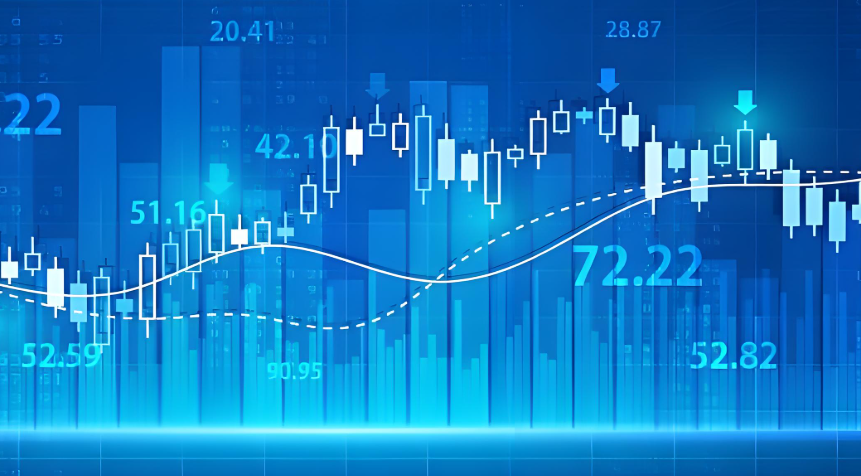Singapore Inflation Eases to 1.2%
Advertisements
The release of Singapore's January inflation data has cast illuminating insights into the nation's economic landscape, highlighting both its current status and potential trajectories for the future. It's noteworthy that the inflation rate for January saw an increase of 1.2% year-on-year, marking the lowest level since February 2021. This number notably represents a decline from the revised rate of 1.5% reported in December of the previous year. Such figures emerge as the first significant economic indicators following the government’s reveal of the 2025 budget on February 18. This budget is pivotal; it embodies the government's commitment to enhancing living conditions and supporting families and businesses, thereby mitigating the financial strains experienced by citizens. Thus, the recent inflation figures serve as an initial gauge of the budget's effectiveness, offering crucial insights for potential policy adjustments ahead.
In his budget speech, Finance Minister Lawrence Wong delivered a resonant message: “While inflation is expected to ease this year, prices remain high, and Singaporeans are adjusting to these new price realities.” This assertion holds particular weight given that the overall inflation data for January fell significantly below the expectations set by economists, who had anticipated a 2.15% rise. The discrepancy between forecasted and actual data has startled the market, prompting various sectors to rethink their perspectives on Singapore's economic environment. Predictions initially anchored in historical economic behaviors and international market fluctuations have been upended, suggesting that unexpected shifts are taking place within the operational dynamics of Singapore's economy.
Diving deeper, Singapore's core inflation rate—which excludes private transport and housing expenses—increased by only 0.8% when compared to the previous year. This is a significant downswing from the 1.8% growth recorded in December, and it too fell short of the anticipated 1.5% rise. The Ministry of Trade and Industry (MTI) noted that the deceleration in inflation is primarily attributed to a decline across all major categories of the core Consumer Price Index (CPI). This comprehensive downturn indicates that inflation cooling is not merely an isolated phenomenon but a result of the widespread easing of price pressures across essential consumer domains. Each category—from food and daily necessities to various services—has exhibited synchronized reductions in price increments, signifying a positive recalibration in the macroeconomic supply-demand dynamics of Singapore.

Looking toward the horizon, the Ministry of Trade and Industry forecasts that import inflation will remain temperate. Despite ongoing global trade frictions that may pose inflationary pressures for certain economies, the repercussions of weak global demand are anticipated to offset these pressures on Singapore's import prices. Singapore, heavily reliant on external trade, places significant reliance on imported goods in its domestic market. The lethargic demand on a global scale restricts the likelihood of marked price hikes in the international marketplace. Consequently, even with the added costs stemming from trade disputes, these increases are moderated by subdued demand, thereby helping maintain relative stability in import prices.
An intriguing development coinciding with the announcement of the January inflation data is Singapore's inaugural easing of monetary policy since 2020. The Monetary Authority of Singapore (MAS) took this step largely due to the quicker-than-anticipated decrease in inflation and existing concerns regarding potential economic growth slowdowns. The rapid inflation dropout suggests an enhancement in the actual purchasing power of the currency, leading to the realization that the previously stringent monetary policy may no longer be well-suited to the evolving economic landscape. Furthermore, indications of a slowdown in economic growth necessitate the inflation of monetary policies to encourage investment and consumer spending. This adjustment in monetary policy aligns harmoniously with the January inflation data, emphasizing the pivotal role that data plays in guiding economic policies.
Moreover, the MAS has provided explicit forecasts for future inflation rates; it anticipates the inflation rate to remain below 2% this year. This projection indicates a return to lower and more stable price pressures within the economy. Estimates suggest that overall inflation for 2025 will average between 1.5% and 2.5%, down slightly from 2.4% in 2024. Core inflation predictions have also been revised, now projecting a range of 1% to 2% for 2025. These forthcoming data points offer clear guidance for market participants; businesses will draw upon this when crafting production strategies, and households will leverage it for consumption and savings planning.
Following the publication of the inflation data, the Singapore dollar experienced an uptrend against the US dollar. Earlier, the exchange rate even touched its highest point since November of the previous year. The declining inflation rate has elevated the real value of the Singapore dollar, attracting a surge of interest from international investors. This dynamic has propelled the upward movement of the SG dollar relative to the US dollar. The fluctuations in this exchange rate not only impact Singapore's international trade costs but also bear consequences for domestic asset prices, thereby contributing to overarching implications for the economic framework.
Ultimately, the January inflation data from Singapore paints a comprehensive portrait of the evolving economic situation. The decline in inflation rates has catalyzed adjustments in monetary policies, influencing exchange rate activities and subsequently providing vital information for governmental, corporate, and household economic decisions. The broader implications of these developments are immense, affecting various layers of society and economic architecture.
Leave A Comment